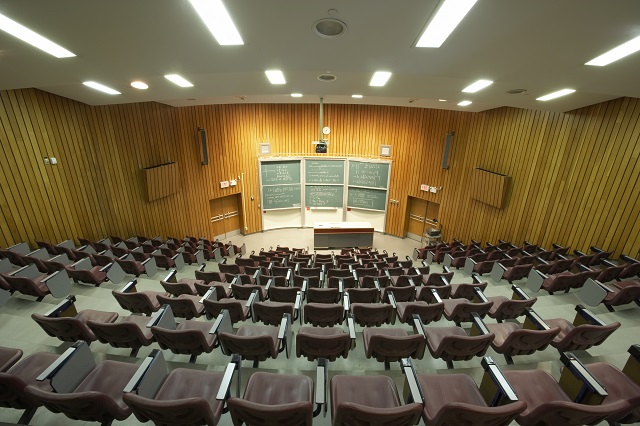
Credit: Uppercut Images / Getty Images
Colleges and universities nationwide were already facing a challenging landscape before the pandemic, but the fall of 2020 is testing them in ways they never could have anticipated. Some are doing remote-only learning, some are hybrid, and some are fully in-person. And this academic year could be the tipping point that potentially upends the entire higher education sector. According to Jeff Selingo, the former editor of the Chronicle of Higher Education and author of “Who Gets In and Why: A Year Inside College Admissions,” institutions may need to rethink the way they serve their students, if they want to survive.
Main Takeaways:
- Some colleges are offering tuition discounts to students who are taking online courses this semester, but Selingo sees an imbalance between the value that students see in an in-person campus experience and the price drop that colleges are willing or able to offer. Student debt was already a huge topic of discussion in the U.S. and the current changes underway add another layer to the conversation.
- Colleges have faced challenges in recent years, such as dropping enrollment numbers and funding cuts in the billions. And if schools begin closing their doors, more than just the students and faculty could be in trouble. The towns that surround colleges look to these institutions for millions of jobs, as well as recreation and culture - from sporting events to theater performances.
- To combat the mounting challenges that higher education is facing, Selingo predicts that we’ll see considerable changes. For one, he thinks we may see schools beginning to specialize rather than offering a general education. We may also see more mergers between different schools. Plus, he says that in an effort to cater to modern students’ needs and values there could be a more permanent move to a hybrid class model with both online and in-person elements.
More Reading:
- Adolfo Guzman-Lopez, education correspondent for KPCC in Southern California, joined the conversation to discuss how the pandemic has exacerbated challenges that some college students have long struggled with, including homelessness. Check out more of his work here.
- Most of the focus on reopening schools has been put on students, but there’s another population to consider: campus staff. Read this article in The Atlantic about why universities are such “deeply unequal” workplaces, and what needs to happen to protect the people who work outside of the classrooms, according to Selingo.
- Can you put a price tag on the college experience? Check out this article in The New York Times on the pushback from families over high tuition prices while students study from their bedrooms.
- Colleges are trying all sorts of things to get students back on campus safely. One method that some campuses are experimenting with is tracking human waste to detect potential outbreaks before they can even occur. You can read more about how it works - and the role it played in potentially halting the spread of COVID-19 at the University of Arizona.
What We Heard from Students
- “Growing up, I was always told, if you want to succeed, go to college, work on [getting a] masters and this and that. I could see that changing with college becoming less of an important place to go.” — Ben Greenblatt, University of Maine
- “From a college viewpoint, looking at my peers, I don’t think they’re taking [pandemic safety] seriously enough. I don’t think they’re looking at the long term effects of what could happen if they catch it.” — Sky Langley, University of Wisconsin
- “One of the concerns I had was doing a semester remote takes away one of the semesters that you get to be a college student on a college campus. So I told myself that even if I had to do an extra semester if I couldn’t graduate on time, it would still be worth it because I want to be on campus.” — JJ Conway, Kenyon College (taking a gap year)

